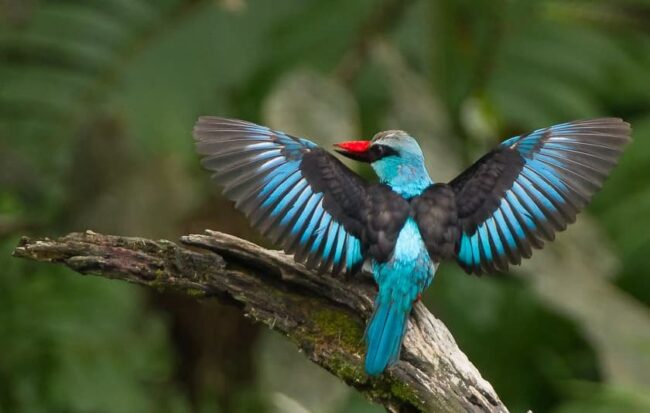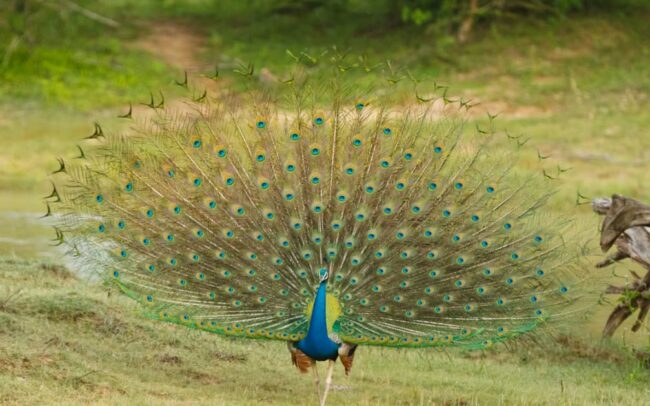The Western Bluebird is a beautiful songbird found in North America. It is a member of the thrush family, and is closely related to the Eastern Bluebird.
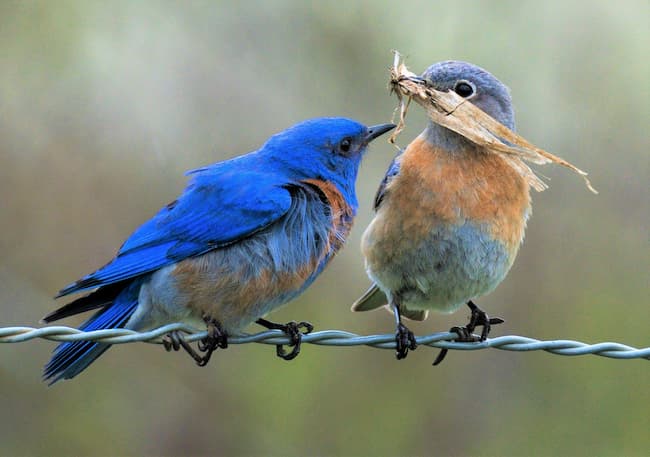
The Western Bluebird is about 7 inches long, with a wingspan of about 12 inches. The male is bright blue on the head, back, and wings, with a rusty breast and belly. The female is more of a blue-gray color, with a white breast and belly.
Western Bluebirds are found in a variety of habitats, including open woodlands, meadows, and orchards. They are often seen perched on fences or wires, singing their beautiful songs.
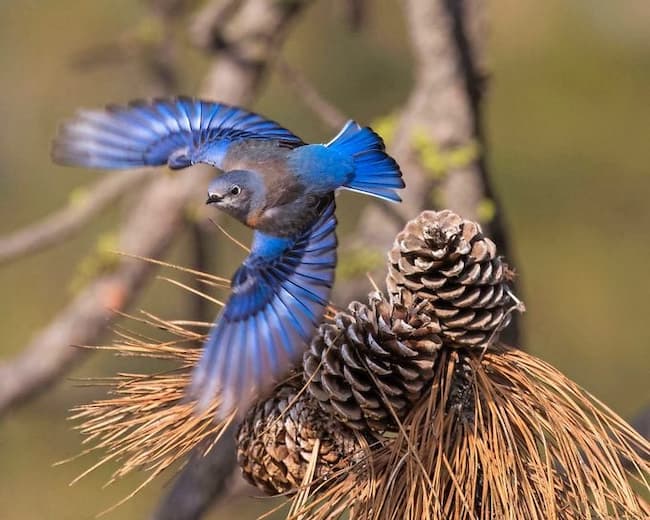
The Western Bluebird’s diet consists of insects, spiders, and berries. They will also eat small mammals, such as mice and voles.
Western Bluebirds are cavity nesters, and will often use old woodpecker holes or nest boxes. The female lays 4-6 eggs, which hatch after about 12 days. The young birds fledge after about 16 days.
Western Bluebirds are a popular bird with birdwatchers, and are considered to be a common species. However, their population has declined in recent years due to habitat loss and competition from introduced species, such as the House Sparrow.
Habitat Loss
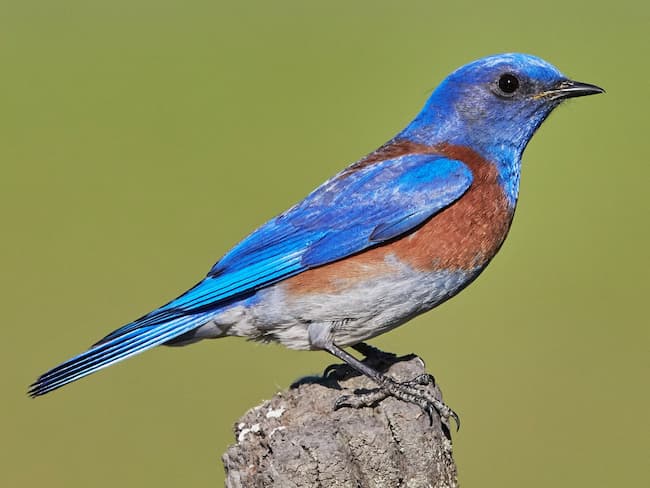
The Western Bluebird’s natural habitat is being destroyed at an alarming rate, due to development, agriculture, and deforestation. This is making it difficult for the birds to find suitable nesting sites and food sources.
Competition
The Western Bluebird is also facing competition from introduced species, such as the House Sparrow. House Sparrows are more aggressive than Western Bluebirds, and they often take over their nest boxes.
What Can Be Done to Help
There are a number of things that can be done to help the Western Bluebird. One is to protect their habitat. This can be done by creating protected areas and by working with landowners to reduce development.
Another thing that can be done is to provide nest boxes for the birds. Nest boxes can be placed in open areas, such as meadows and orchards.
Finally, it is important to educate people about the importance of the Western Bluebird and the need to protect it. This can be done by talking to birdwatchers and other people who enjoy nature.
Conclusion
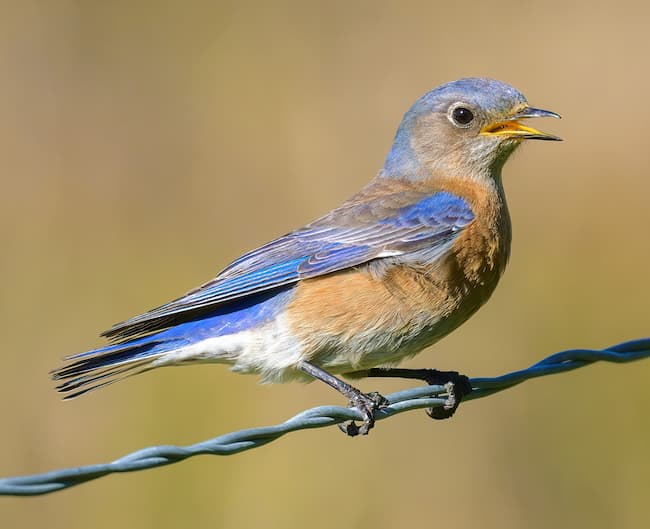
The Western Bluebird is a beautiful and important bird. It is facing a number of challenges, but there are things that can be done to help the species. By protecting their habitat, providing nest boxes, and educating people, we can help to ensure that the Western Bluebird survives for many years to come.
Frequently Asked Questions
1. What is the range of the Western Bluebird?
The Western Bluebird is found in western North America, from British Columbia to California and south to Mexico.
2. What is the lifespan of the Western Bluebird?
The lifespan of the Western Bluebird is about 3-5 years.
3. What are the predators of the Western Bluebird?
The predators of the Western Bluebird include hawks, owls, snakes, and cats.
4. What are the conservation status of the Western Bluebird?
The Western Bluebird is considered to be a species of least concern. However, its population has declined in recent years due to habitat loss and competition from introduced species.
5. How can I attract Western Bluebirds to my yard?
You can attract Western Bluebirds to your yard by providing them with food, water, and nest boxes. You can also plant native plants that provide food and shelter for the birds.
I hope you enjoyed this article about the Western Bluebird. If you have any questions, please feel free to ask.
